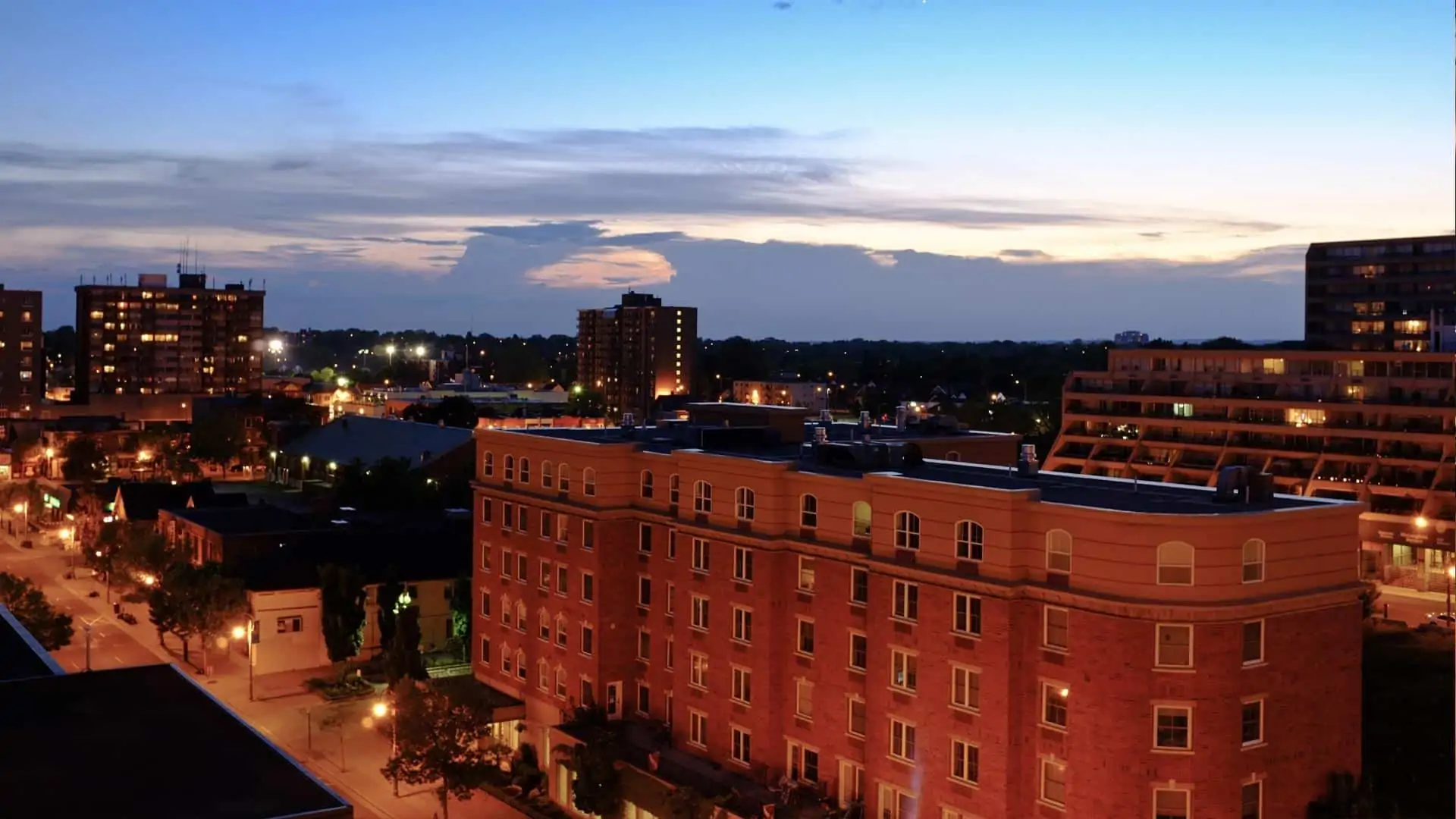Ontario aims to build 84,000 homes over the next decade from Pickering to Clarington
Published October 27, 2022 at 5:15 pm

The Ontario government plans to build 84,000 new homes across Durham Region over the next ten years, amid the ongoing housing affordability crisis.
Premier Doug Ford and Housing Minister Steve Clark unveiled their new plan at a ticketed event for the Toronto Chamber of Commerce. It includes sweeping overrides of municipal zoning and potential allowances of three units per lot.
Overall the plan aims for 1.5 million homes across the province with a strong focus on the GTA.
Housing prices across Canada have been on a steady rise for years. Last spring things got so bad in Oshawa specifically, the city cracked the top five most expensive rental markets in the country.
Meanwhile, the dream of owning a home in Durham Region continues to drift further away for most as the average price of a house climbed over $1 million over the summer.
The Ontario government said this pricing rise is “because there is a structural undersupply of housing” across the province and Canada-wide. However, they note further concerns such as rising interest rates, inflation and building materials shortages.
Part of the government’s plan is a reduction in development fees and expedited approval processes to encourage development.
Additionally, in a sweeping change and override of municipal zoning, Ontario wants to ensure a three-unit limit on lots. This would create room for the main house, a basement apartment and a garden house, for example, in a lot without the need for a by-law exemption.
These units would be granted “as a right” to the property owner and would be exempt from development fees or a municipal minimum size.
Furthermore, while the government said more basement apartments would alleviate the crisis, they argued “to truly address the housing crisis we’ll need more density.”
Durham Regional council has so far rejected calls to increase density in its urban centres. Representatives from Ajax and other areas have argued the need to up density to create more affordable units with minimal environmental impact.
However, the Region decided, by a slim 16-to-11 margin, to promote urban sprawl. They endorsed a plan back in May that would consume more than 9,000 square kilometres of greenspace and farmland to build lower-density homes.
This sparked consderable outcry from housing advocates and environmental groups. Ajax mayor Shaun Collier also railed against the plan as “developer friendly” and “short sighted” amid fears of developing the Carruthers Creek Headwaters, which studies show would greatly increase flooding.
In order to increase density, Ontario plans to table legislation to set minimum density targets near major transit hubs. The plan is to force municipalities to update their zoning within a year of the provincial minister’s approval of a new transit centre.
This plan, the government says, serves to prepare the 29 municipalities set to see the most population growth over the next decade. Ajax, Clarington, Oshawa, Pickering and Whitby are five of these municipalities. Durham Region as a whole is expected to grow from its current roughly 650,000 residents to 1.2 million in that time, mostly in these four areas.
As a result Ontario aims, through their new initiatives to build;
- 23,000 units in Oshawa
- 18,000 units in Whitby
- 17,000 units in Ajax, and
- 13,000 units in Pickering, and
- 13,000 units in Clarington
The plan also includes myriad cuts to development charges, construction taxes and property taxes for apartment buildings. The government is in the midst of reviewing all fees paid to Ontario to build.
These are but some of the 50 actions put forward in the plan. A full summation can be found at the bottom of this article.
The plan has been acclaimed by the Toronto Home Builders Association, who called the move a “bold action” to address the crisis.
The Toronto Regional Real Estate Board (TRREB) concurred. “We are very encouraged that the provincial government has listened to the concerns that TRREB and many others have raised, and has decided to streamline municipal processes that are slowing down the creation of new housing,” said TREBB President Kevin Crigger.
However, not all are impressed with the plan, including NDP housing critic Jessica Bell who spoke against what she saw as a focus on builders and investors over renters and municipalities.
“The government’s new housing bill helps developers, but at the expense of renters, affordable housing, and municipalities who miss out on development fees,” Bell said, “The Ford government is making it easier for developers to permanently evict tenants and convert affordable rental housing into luxury condos.”
More Homes Built Faster – Technical Briefing – Oct 25
insauga's Editorial Standards and Policies advertising





